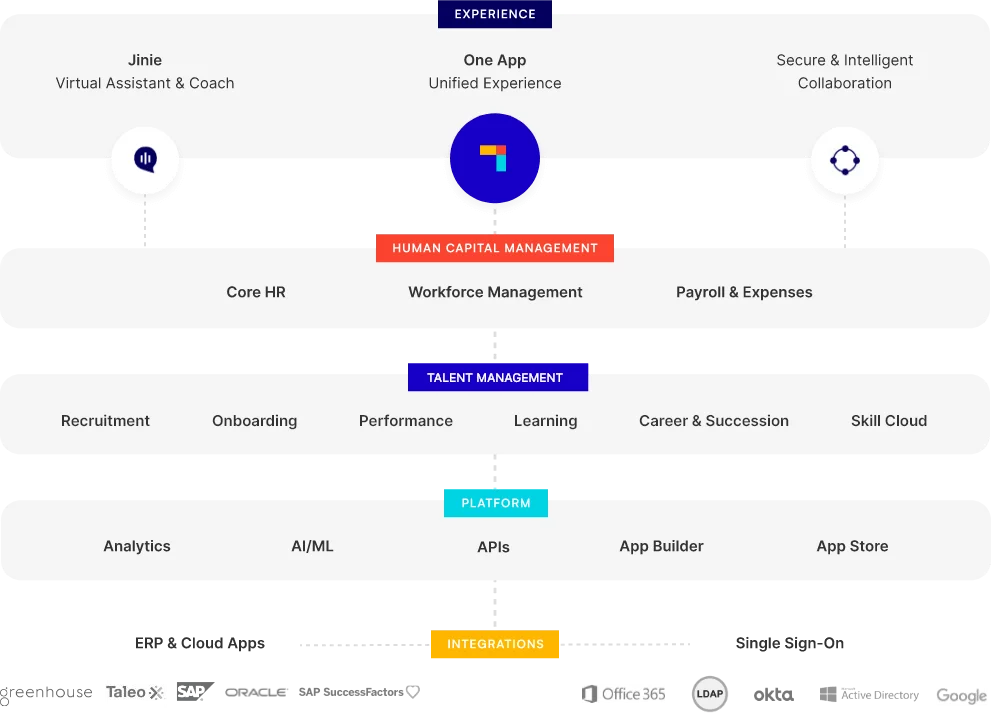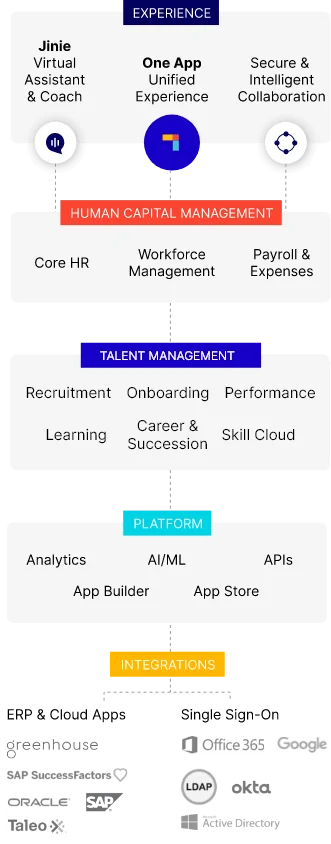Effective and continuous performance management is crucial to business success as it helps businesses motivate their employees to perform better.
Having a well-defined performance management process can help you communicate the rewards employees will receive if they achieve the desired goals. It also helps keep team leaders and members on the same page regarding what’s expected of them.
That’s why you should consider creating an optimised performance management process, and we’re here to help. This guide covers the key steps involved in the process and things you should avoid when designing one. Let’s get started.
What Is the Performance Management Process?
A performance management process is what companies use to improve individual and team performance and upskill their employees.
It entails offering incentives to employees to perform better—achieve specific goals, and earn certain rewards, such as a bonus or promotion.
The process starts with setting work-related goals for individuals and teams within an organisation. Then, managers track employee performance on these goals and meet with each individual regularly to review their performance and give feedback.
At the end of the review period, which is typically a year for most companies in the Middle East, managers review the annual performance and assign ratings to each team member. Based on these ratings, employees are rewarded and promoted.
Why is Performance Management Important?
Employee performance and the quality of talent within an organisation directly correlate to business success.
Here are some benefits of effective performance management for companies in the Middle East.
- A well-documented process ensures transparency and fairness in employee performance evaluations.
- Communicating rewards for good performance motivates employees to work harder and keeps them engaged. This helps boost employee satisfaction and retention.
- Performance management involves upskilling employees and preparing them for bigger roles within the company.
A motivated and skilled workforce performs well and helps the business achieve its strategic goals.
Suggested Read: Importance of Performance Management in the Middle East
What are the Key Stages of the Performance Management Process?
A performance management process has four broad stages. Let’s discuss each to clarify what’s involved.
Planning
This is the initial stage in the performance management process when managers meet with their team members and set the priorities for the year. This involves setting goals for the team and each team member to improve their performance.
It’s important to select the right goal-setting method that best suits your business needs. We recommend using the OKR (objectives and key results) framework for setting employee performance goals.
Here’s a visual showing how OKRs work:

Monitoring
This is the stage where managers track their team’s performance and conduct regular one-on-one meetings with team members to discuss progress.
Relying solely on annual performance reviews is a big mistake because that doesn’t give people time to course-correct and improve their performance. That’s why you should regularly monitor employee performance and discuss it with them while offering helpful feedback.
This will help keep you and your team members on the same page regarding their current performance and give them opportunities for improvement.
Instead of manually tracking individual and team goals, you should use a good performance management tool. Here’s PeopleStrong’s goal-tracking interface to give you an idea of how easy the process becomes with the right tool.

Reviewing
The third stage in the performance management process is conducting periodic reviews, during which employee performance is evaluated for the period. This is generally done annually.
At this stage, managers assess each team member’s performance and assign a performance rating. Generally, companies in the Middle East use a bell curve system where performance ratings are relative rather than absolute. So, only a limited number of people can get the top rating, and most people will fall in the mid-range.
This creates healthy competition among team members to perform better than others. This is good for businesses as they have motivated team members striving to outperform each other.
If you need help creating a detailed performance review process, use this template.

Rewarding
Employees will receive promotions, bonuses, and other rewards based on the ratings assigned in the previous step. This is an important step because, without rewards, employees will not have enough motivation to perform better each year.
Additionally, you should have a plan for low performers. If someone doesn’t perform well, they will need to enrol in a performance improvement plan.
Things to Avoid When Designing Your Performance Management System
To ensure the effectiveness of your performance management process, you must avoid some common mistakes. Check them out.
Not Ensuring Fairness and Transparency
A performance management process should be fair for all, without any bias or favouritism. Otherwise, the whole exercise is pointless. More importantly, an unfair process will cause employee dissatisfaction and lead to churn.
So, to remove the scope for bias, set clear guidelines and maintain transparency throughout the process. Instead of setting vague goals, set clear key performance indicators and metrics you’ll use to track progress.
This will help you and your team stay on the same page regarding what’s expected and how performance will be rated.
To ensure fairness and transparency, the process should be well-defined, and nothing should be left to a manager’s discretion.
Conducting Only Annual Performance Reviews
One of the biggest mistakes companies make when creating a performance management process is relying on annual reviews explicitly.
Reviewing employee performance once a year is not good enough to set them on the right course or give them a chance to improve. It’s like setting a target and declaring the result but not providing any help to let people achieve the target.
If you do that, then you’re setting your team up for failure.
Instead, you should hold regular one-on-one sessions with each team member, where you mentor them and provide useful feedback.
Using an Outdated Pen and Paper System
Performance management technology has evolved rapidly over the years, and anyone not leveraging it is at a disadvantage.
If you’re still setting goals and tracking employee performance manually, then it’s a big mistake. By using a good performance management system you can save time and make the performance management process more efficient.
These solutions handle all aspects of performance management, from goal setting to assigning performance ratings and calculating bonuses.
PeopeStrong’s performance management system, for example, can help you:
- Set employee and team performance goals based on different frameworks, such as SMART goals or OKRs
- Configure and implement various performance management frameworks so you can choose the one that suits you best
- Track performance goals in a transparent and quantifiable manner
- Calculate precise ratings based on the weights allotted to various metrics or parameters for performance evaluation
- Assign performance ratings to each employee based on their performance goals and 360-degree feedback received from colleagues
Here’s a look at PeopleStrong’s dashboard for tracking performance ratings:

The best part is that it allows employees to update their weekly progress on goals and enter it into the system, which the managers can evaluate during their performance review. This creates 100% transparency.
Check out this case study where Oman Air used PeopleStrong’s performance management solution to optimise its performance management process. It enabled employees to update their weekly progress in under two minutes, making the process quick and efficient.
Create an Optimised Performance Management Process for Your Middle East Business
Use this guide to create an effective performance management process for your business in the Middle East.
You can break the process into smaller steps and make it as detailed and structured as possible. Using a good performance management software like PeopleStrong can help streamline the process.
Try PeopleStrong and explore all its features to learn how it can help you.
FAQ
What are the best practices for effective performance management?
Here are some best practices you should follow when creating your performance management process:
- Align performance goals with each individual’s career goals and the company’s strategic objectives
- Maintain complete transparency by clearly defining the goals and ways you will assess the performance and assign ratings
- Keep employees in the loop by having regular one-on-one meetings to track progress and provide guidance
- Use technology to aid your efforts instead of relying on traditional and outdated practices
Whose role is performance management?
Both the human resource department and team leaders or managers are involved in the performance management process. For companies in the Middle East, the HR teams will typically set the process, while the managers will be responsible for executing it.
What is the difference between performance management and talent management?
Talent management is the broader term used for everything from recruiting to utilising and retaining talent within an organisation. It deals with all aspects of maintaining workforce quality within a company, and performance management is a small part of it.
Performance management, on the other hand, deals with improving the skills and overall work performance of employees. The goal is to upskill employees and prepare them to take on more responsibilities and senior roles.













